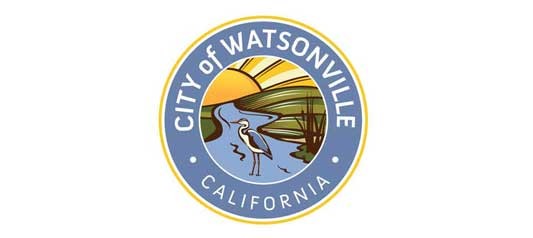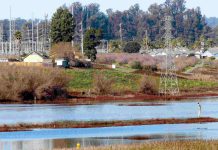WATSONVILLE — After taking longer than other cities to claw out of the recession, Watsonville has enjoyed a period of financial growth over the past couple of years.
But rising pension costs have threatened to put the city in the red.
Administrative Services Director Cynthia Czerwin gave the Watsonville City Council an update on the city’s finances Tuesday before the council considers its budget during two meetings in June.
The California Public Employees’ Retirement System (CalPERS), which manages the city’s pensions, is faced with an imbalance in its fund, paying out more in benefits than it is collecting from workers’ contributions.
As a result, the agency announced in late 2016 that it would lower its discount rate from 7.5 percent to 7 percent over a period of three years, which means government agencies and other organizations that contract with CalPERS must pay more into the fund to address the imbalance.
For Watsonville, that is projected to cost the city about $1 million each year for the next three years, according to Czerwin, putting the general fund in a deficit by 2020.
“Our entire deficit is being driven by CalPERS,” she said.
To help mitigate the blow, Czerwin said the city is actively trying to control its operational growth by investing in one-time projects and not increasing its budget, among other things. Specific steps are expected to be outlined in the June budget hearings.
Also of concern in the city’s budget is Measure G, the half-cent sales tax that is scheduled to sunset in 2021, barring an extension by voters.
This year, Measure G is expected to net $3.9 million for the police and fire departments, according to Czerwin.
“If Measure G is not renewed, there is simply no way the general fund can absorb those costs,” she said.
Whether there will be support by the voters for an extension of Measure G is unknown. In 2014, the measure required a 2/3 vote to pass, and squeaked by at a 67 percent approval rate.
Assistant City Manager Matt Huffaker said officials have started internal conversations to gauge support.
“Trying to fill a $3.9 million hole for the general fund would be significant,” he said.













